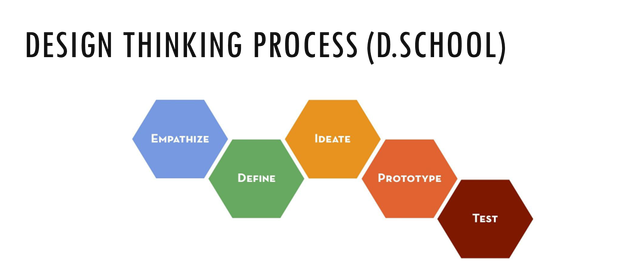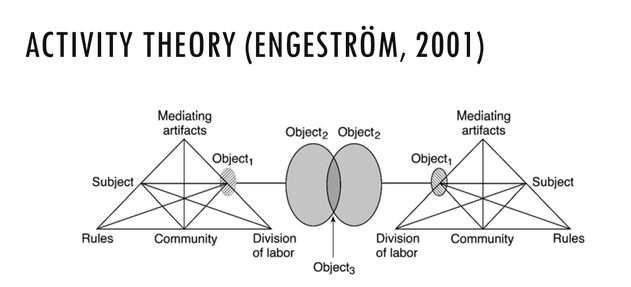Again, What is Design thinking? Still, it’s vague to me even though I wrote about it. So in this post, I would explore more about design thinking theoretically. What I learned from Dorst is that design thinking is a process to find solutions: what to do & how to do at the same time in the middle of the vast, unknown and no-answer universe by framing circumstances. I felt there were rooms not explained.
So, continuing from the previous understanding, in order to work those ways, Lawson and Dorst stated that there are 5 core design activities: formulating, representing, moving, evaluating and managing (Lawson & Dorst 2009, cited in Alice Comi’s deck).
‘Design projects are hard to plan and control, because they are a mix of a fairly linear problem solving process and an iterative learning process that is driven by the reflection-in-action and reflection-on-action’ (see Valkenburg et al. 1998 cited in Alice Comi’s deck).
Looking briefly at the explanation of Tim Brown, IDEO’s CEO, the design process is described ‘as a system of spaces rather than a series of steps’. I understand that this means that design process is not fixed or linear stages but more likely to reach the goal by hovering here and there around various layers such as problems, solutions, circumstances and so on. From this, I can get that process of design thinking has rooms not explained necessarily. ‘Designers observe users and frame the design problem based on what they learn from those observations’. Observation is an important activity to understand circumstances and what really matters.
Regarding D.school’s model, it starts with ‘empathize’ which can be linked to the observation of Time Brown (He also mentioned ‘empathy’ many times though). In the D.School’s design thinking process guideline, in order to understand people’s problem, we should observe and watch their problematic situation in the context. Then we are advised to engage with them and make them tell in their mind why they do like that. Rest of the stages seem similar to the Lean method.

Activity theory (Engestrom et al) is the most difficult to understand. Still, I could hardly get the meanings of the theory. Activity is defined as the system of people’s actions in this theory. This theory was developed from Vygotsky who made concept ‘mediation’ between Subject and Object. Thanks to the theory, we can think people’s action as well as knowledge, language, custom and materials in the view of relation and interdependence. Engestrom and scholars in the third generation in this field have expanded the area of the activity theory which can be helpful to understand people or individual’s action in terms of the ‘group’s rules. In the below triangle, all factors are connected and interdependent. I think the most meaningful concept is ‘Contradiction’ which comes from various circumstances in the capitalist society such as a difference between the utility value and exchange value, accepting new factors from the outside, introducing advanced and progressive object and among changing activities. Engestrom suggests that Contradiction can not only lead to confusion and conflicts in the system but also innovate and develop the system of activity. From this view, when I observe or discover some problems, I can use the framework to be able to look into different and complicate layers of the phenomenon in the cultural and social context. Actually, in the class we applied triangle of Engestrom to the school, we suggested ‘noise from automatic window open system’ as the contradiction. I did not know what that really meant at that time. We explained it with one triangle, however, it could be more plausible if we used two triangles between students & lecturers and school I guess.

There are lots of learnings, however, what I want to recap and remember is below,





